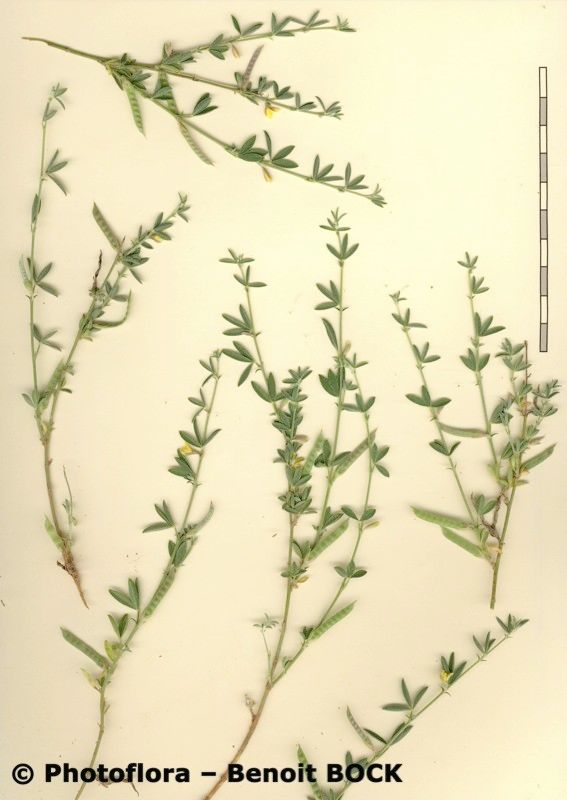Propagating Argyrolobium uniflorum: A Gardener’s Guide
Argyrolobium uniflorum, commonly known as the silver-leafed pea or simply the single-flowered argyrolobium, is a captivating shrub with delicate, silvery foliage and striking, solitary yellow flowers. Its unique appearance and relative rarity make it a highly sought-after plant among enthusiasts. Its propagation, however, presents certain challenges, requiring a nuanced understanding of its specific needs.
Seed Germination:
Currently, there are no known reliable methods for seed germination propagation of Argyrolobium uniflorum. While seeds may be produced, their germination rates are extremely low, if any, under typical horticultural conditions. Further research into specific germination requirements, such as light exposure, temperature stratification, and hormonal treatments, may be needed to determine the viability of this method.
Cuttings:
Cuttings offer a more promising route for propagating Argyrolobium uniflorum.
Challenges: The success rate of cuttings can be variable, and rooting may be slow. The plant’s somewhat woody nature might hinder the formation of roots.
Practical Tips: Semi-hardwood cuttings taken in late summer or early autumn, treated with rooting hormone, and placed under high humidity conditions (e.g., using a propagator or humidity dome) offer the best chances of success. A well-draining rooting medium, such as a mix of perlite and peat moss, is essential to avoid rot.
Rewards: Successful propagation via cuttings allows for the creation of multiple plants that are genetically identical to the parent plant, preserving its desirable traits. It is a relatively straightforward method compared to other options.
Division:
Division is generally not a viable option for propagating Argyrolobium uniflorum. This method requires a mature plant with established root systems that can be easily separated to produce multiple independent plants. Argyrolobium uniflorum typically has a more compact and less easily divisible root system than many other plants suitable for propagation by division.
Tissue Culture:
Tissue culture offers a potentially highly effective but advanced method for propagating Argyrolobium uniflorum.
Challenges: This technique requires specialized equipment, a sterile environment, and a thorough understanding of plant tissue culture protocols. It is the most technically demanding and expensive method.
Practical Tips: Establishing aseptic conditions is critical. The use of appropriate growth media and plant hormones is vital for shoot multiplication and root induction. This method requires significant expertise and investment in laboratory equipment.
Rewards: Tissue culture enables rapid and large-scale propagation, preserving genetic uniformity and allowing for the production of a high number of clones from a single plant. It is capable of overcoming the limitations of seed germination and cuttings.
Conclusion:
Propagating Argyrolobium uniflorum presents unique challenges. While seed germination appears unreliable at present, cuttings offer a reasonable, though not guaranteed, success rate with patience and the right techniques. Division is not feasible. Tissue culture represents the most reliable but technically complex and resource-intensive method. The rewards of successfully propagating this alluring shrub, however, are substantial. The satisfaction derived from nurturing a cutting to a thriving plant, overcoming the challenges inherent in its propagation, is unparalleled. For aspiring propagators, perseverance, attention to detail, and a willingness to experiment will ultimately prove rewarding in the cultivation of this unique and beautiful plant. Remember to research your specific environment and adapt techniques as needed for optimal results.


